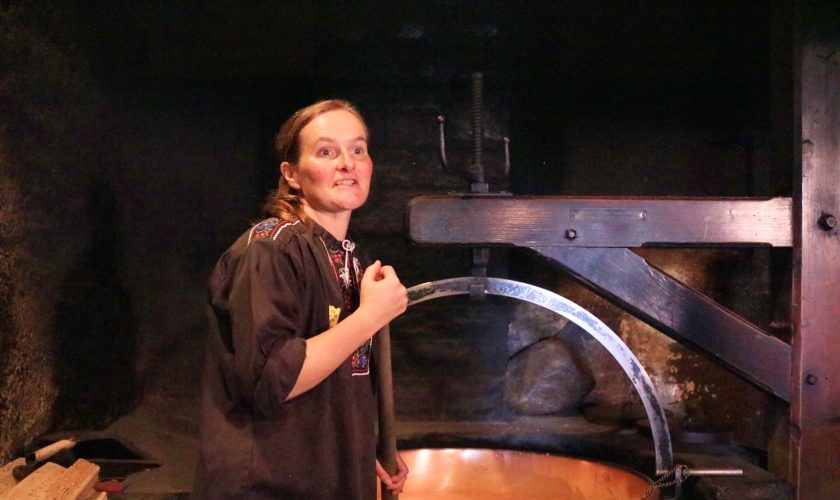Swiss Fondue is a dish that embodies the epitome of simplicity, conviviality and longing for the mountains, and even incorporates certain democratic values of Switzerland such as equality and solidary sharing
Who invented the one and only original “Fondue” ?
There are different stories about the origins of this Swiss national dish going around the world. The first says, that it has its origin in the West Swiss French alps called Savoy. Here poor shepherds developed the idea with the melted cheese 2800 years ago. The word fondue is french and means melted.
Others say, that Fondue is a recipe, that only back in the 50ties was nominated an official national dish. The cookbooks of the Swiss army added the recipe in the official Swiss cook books, only than it became famous in the whole country.
Which cheese to take for your fondue
One of the best-known fondue types is “Moitié-Moitié” which means “half half”. It’s a blend of Gruyère cheese and Freiburger Vacherin cheese and has some white wine, cherries schnaps and cornstarch in it. Another classical is the fondue with Freiburg Vacherin cheese. This one is considered to be easier to digest, consists of only one type of cheese and, thanks to the addition of some water it has a creamy texture.
Depending on your preference, it is up to you to decide which other cheeses to add to the homemade fondue. For even more spice, an Appenzeller cheese could be the right choice. The savory and slightly sweet-tasting blue cheese Gorgonzola or a spicy-nutty Camembert can be ideal for a fancy fondue, too. Last but not least, it takes a dose of experimentation to find the ideal blend for oneself.
I absolutely recommend to buy fresh cheese and customize it with flavors, spices and quantity of alcohol desired. There are several ready-made Fondues that need only to be heated in the pot. It may not give you the authentic cheese pleasure, tough.
The pot where you prepare the fondue is called Caquelon, it is teflon coated, this prevents the liquid cheese from sticking at the bottom
The basic recipe
Ingredients for 4 persons
- approx. 600 of white bread
- 1 piece of garlic
- 400 g grind Gruyère cheese
- 400 g grind Vacherin cheese
- 3 d white wine
- 5 cl kirsch schnaps
- 2 tea spoons of maizena
- grind pepper
- a small amount of nutmeg
Preparation
- Cut the bread into small pieces. Some people like the bread a little bit crispy, so you may want to cut it a few hours before you have the fondue.
- Split the piece of garlic in two and rub the inside of the caquelon with the them. Put the cheese and the wine in the caquelon and cook them on the cook stove. Constantly stir the mixture. Add kirsch and maizena, but keep stirring. Leave them on the stove for a while, but make sure it does not overheat. The mixture tends to spill out of the pot if it gets too hot ! Add pepper and nutmeg, then put the caquelon on the burner on the table.
- Adjust the heat so that the cheese stays at a constant temperature while eating. Put a small piece of bread on the fork, stir it gentle in the cheese and enjoy. Warning: the cheese is hot, don’t get burned.
This menu may not be suited for small children.
Note: You may vary the mixture of cheese depending on your taste and availability. You may also use cooked potatos instead of or together with bread. Fruits as pears or peaches from the can are a pretty nice to add some extra to your fondue.
Most enjoy fondue in the alps, during a cold winter day. Once you understand how easy it is to prepare it at home, you may it even prepare on your balcony to avoid the cheese smell in the house!
Want to know where to eat fondue in Zurich? Read my December blog here!














